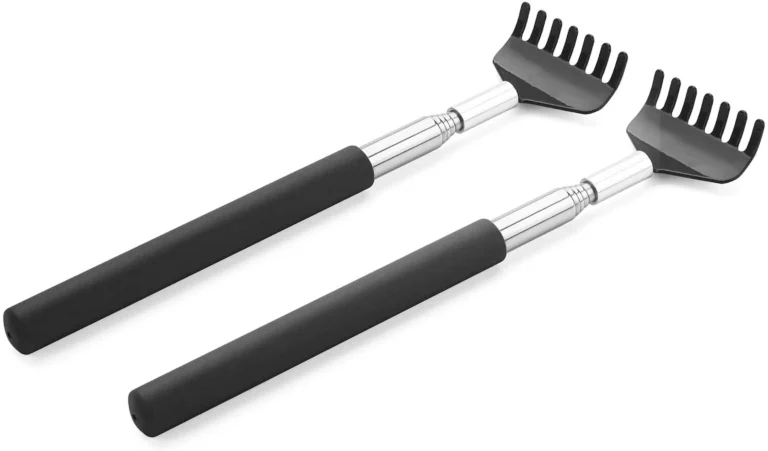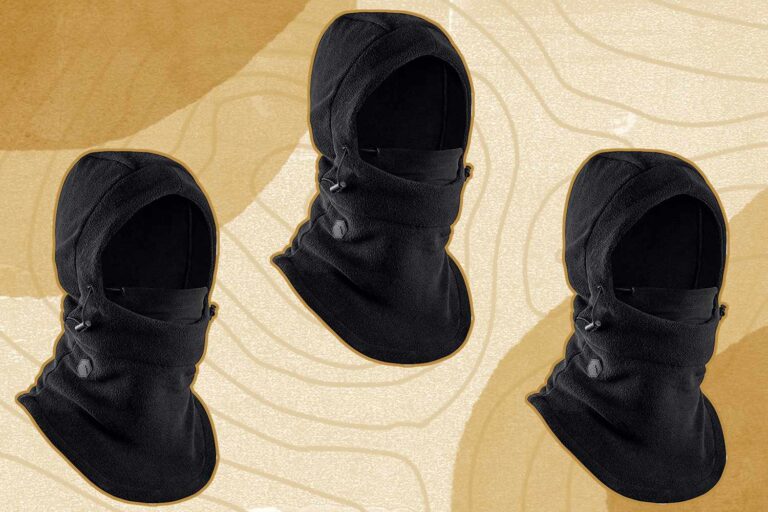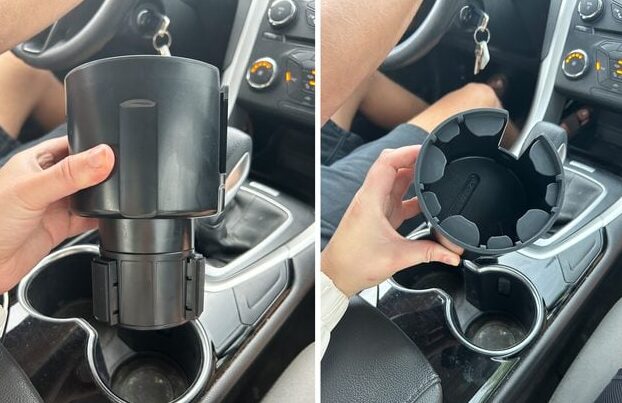Stitching on Shoes: A Craftsmanship That Endures
Shoe stitching is not just a practical necessity but also a timeless art that adds durability, style, and character to footwear. This article explores the significance of stitching on shoes, the different types of stitching techniques used, and why it remains a hallmark of quality craftsmanship in the shoe industry.
Importance of Stitching in Shoe Construction
Durability and Strength
Stitching plays a crucial role in the structural integrity of shoes. Unlike glue or adhesive methods, stitching securely binds various components of the shoe together, ensuring longevity and resilience. This durability is especially important in shoes that undergo frequent wear and tear.
Aesthetic Appeal
Beyond functionality, stitching enhances the aesthetic appeal of shoes. It can accentuate seams, create decorative patterns, and contribute to the overall design aesthetics. Different stitching techniques can lend a shoe a classic, rugged, or refined appearance, depending on the desired style.
Types of Stitching Techniques
Hand Stitching
Hand stitching, often performed by skilled artisans, involves using needles and thread to sew shoe components together. This method allows for meticulous attention to detail and customization, making each stitch precise and tailored to the shoe’s design. Hand-stitched shoes are prized for their craftsmanship and individuality.
Machine Stitching
Machine stitching utilizes automated sewing machines equipped with specialized needles and threads. While less labor-intensive than hand stitching, machine stitching offers consistency and efficiency in mass shoe production. Modern machines can execute complex stitching patterns with speed and accuracy.
Goodyear Welt Stitching
Goodyear welt stitching is a renowned shoe construction method known for its durability and repairability. It involves stitching a welt strip to the shoe upper and insole before attaching the outer sole. This technique creates a waterproof barrier and allows for easy sole replacement, extending the shoe’s lifespan.
Blake Stitching
Blake stitching, in contrast, directly sews the shoe’s upper, insole, and outer sole together without a welt. This method results in a more flexible and lightweight shoe, ideal for dress shoes and loafers. Blake-stitched shoes often feature sleek profiles and are favored for their comfort and refined appearance.
The Craftsmanship Behind Shoe Stitching
Skill and Expertise
Mastering shoe stitching requires skill, precision, and years of training. Shoemakers and cobblers meticulously select threads, needles, and stitching techniques tailored to the shoe’s material and design. Their craftsmanship ensures that each stitch enhances both the shoe’s functionality and aesthetic appeal.
Tradition and Innovation
While traditional stitching techniques have stood the test of time, innovations in materials and machinery continue to shape modern shoe production. Advances in stitching technology allow for greater efficiency, consistency, and customization in shoe manufacturing, meeting diverse consumer preferences and industry demands.
Conclusion
Shoe stitching remains a hallmark of quality craftsmanship, blending functionality with aesthetic appeal in footwear design. Whether handcrafted by artisans or mass-produced with precision machinery, the art of stitching ensures that shoes not only endure daily wear but also exude elegance and durability. As consumers increasingly value authenticity and longevity in their purchases, the enduring tradition of stitching on shoes continues to shape the footwear industry.
FAQs
Why is stitching important in shoe construction?
Stitching provides durability and strength to shoes, ensuring they withstand wear and tear. It also enhances the shoe’s aesthetic appeal, contributing to its overall design.
What are the different types of shoe stitching techniques?
Types include hand stitching, machine stitching, Goodyear welt stitching, and Blake stitching, each offering unique benefits in terms of durability, flexibility, and style.
What is the difference between Goodyear welt and Blake stitching?
Goodyear welt stitching involves a welt strip for durability and repairability, while Blake stitching directly sews the shoe’s components for flexibility and sleek profiles.
Who performs shoe stitching?
Shoe stitching is performed by skilled artisans, cobblers, and automated machines in shoe manufacturing facilities, each employing specialized techniques to ensure quality and craftsmanship.
How can shoe stitching affect the shoe’s lifespan?
Properly stitched shoes, whether handcrafted or machine-made using advanced techniques like Goodyear welt or Blake stitching, can significantly extend the shoe’s lifespan by enhancing its durability and repairability.







